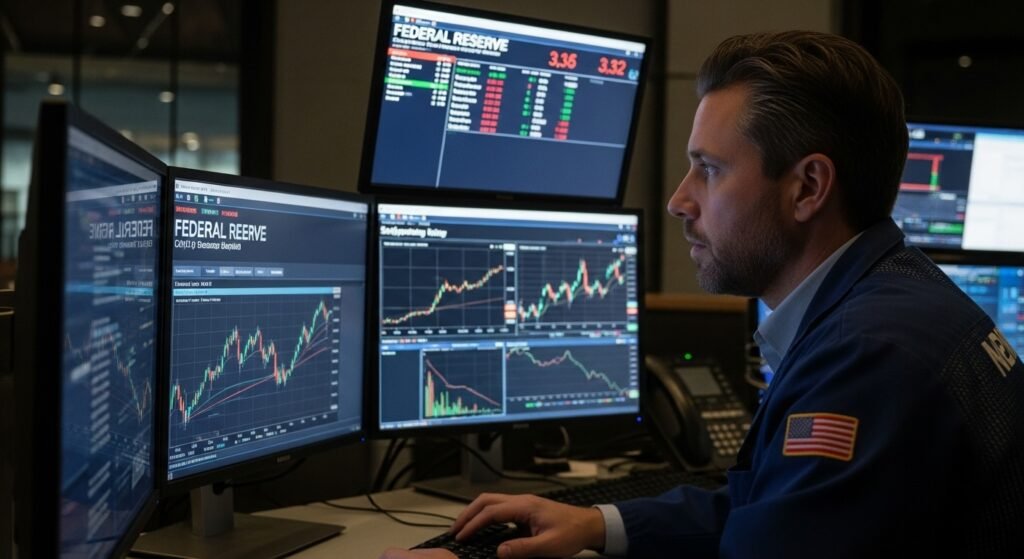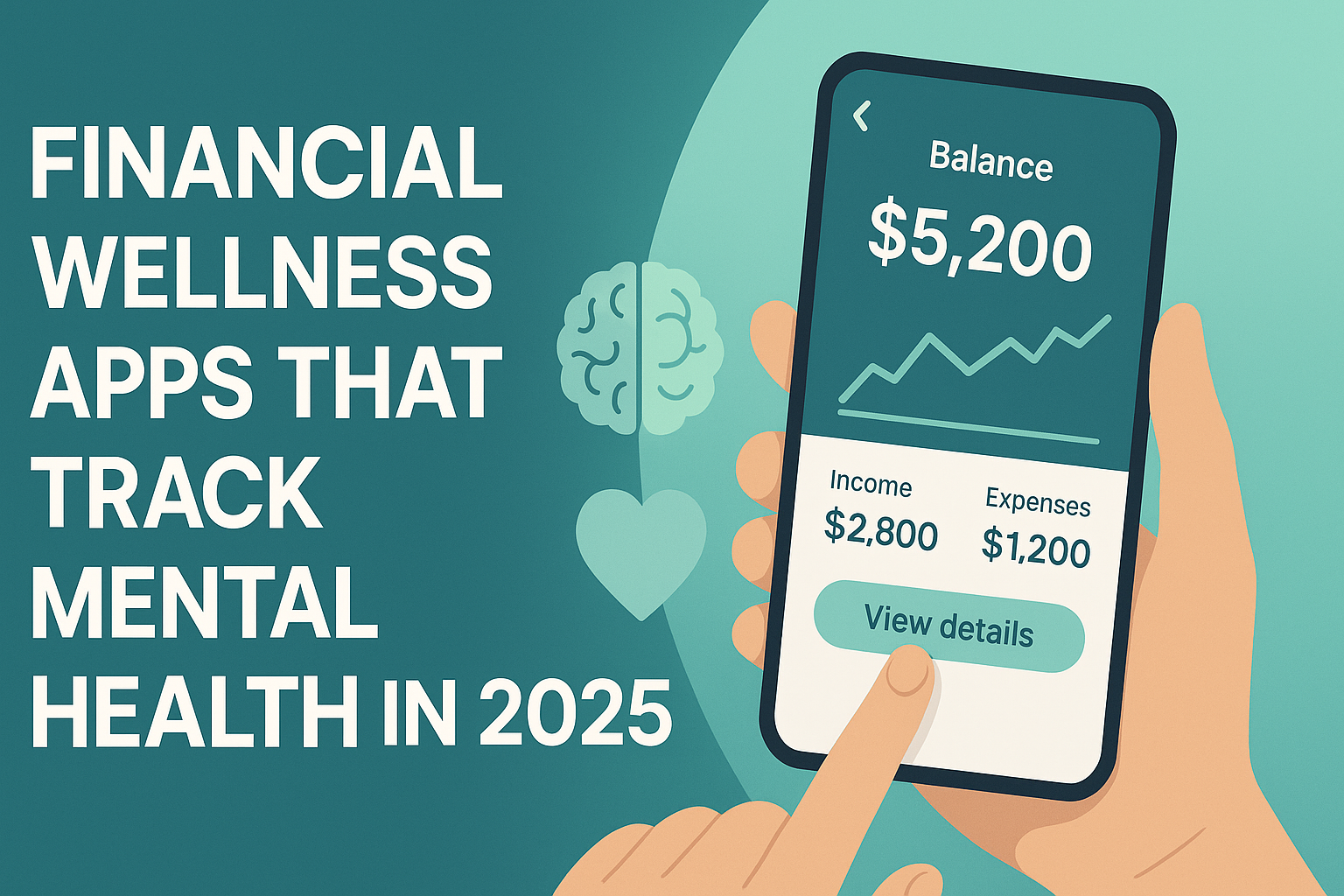Central bank hints at easing, but global uncertainty and a semiconductor selloff keep investors on edge.
Markets are entering a delicate phase. Between a potential shift in Federal Reserve policy, fresh turbulence in the semiconductor sector, and rising geopolitical risks in the Middle East, investors are facing a convergence of uncertainty. Yet within this mix, new opportunities — and signals — are beginning to emerge.
The biggest takeaway? Rate cuts may be closer than expected, but the path forward is anything but smooth.
Background & Context: Monetary Policy Meets Global Stress
As of June 21, U.S. stocks closed the week mixed — a clear sign of caution:
- Dow Jones: Flat, inching up slightly by market close.
- S&P 500: Slipped 0.2%.
- Nasdaq Composite: Down 0.5%, dragged by semiconductor stocks.
Why the hesitation? It wasn’t just the Fed. Investors were also digesting developments on two major fronts: a brewing technology standoff with China and rising tensions with Iran.
Deep-Dive Analysis
Impact on Investors: Fed Signals Possible July Rate Cut
Federal Reserve Governor Christopher Waller broke the usual central bank silence with a notable comment: if inflation remains subdued, a rate cut could come as early as July.
That’s a significant shift. While the Fed has held rates steady for most of 2025, markets have been pricing in cuts for the fall. Waller’s remarks — supported by recent benign inflation prints — pulled that expectation forward.
Why it matters:
- Cheaper borrowing: A rate cut means lower interest on mortgages, personal loans, and business credit.
- Easier financial conditions: Lower rates stimulate economic activity, potentially lifting equity valuations — especially in rate-sensitive sectors like real estate, tech, and small caps.
- Dollar pressure: A rate cut could weaken the U.S. dollar, improving export competitiveness but potentially importing more inflation.
For now, the CME FedWatch tool shows a split market: a growing group betting on a July cut, but the majority still expecting action in September.
Chip Stocks: The Geopolitical Domino Effect
Tech stocks, particularly in the semiconductor sector, were under pressure this week after reports that the U.S. is considering revoking waivers that allow chipmakers to sell to China.
- Nvidia (NVDA): Dropped 1.1% following the news.
- SOXX ETF (semiconductor index): Down 0.9% on the week.
Chips are the backbone of the digital economy — from iPhones to AI servers. Any friction in the global supply chain triggers downstream effects across consumer tech, automotive, and industrial sectors.
For investors, this adds a layer of macro risk to an already pricey sector. The recent AI-driven run-up in chip stocks has made them vulnerable to even modest pullbacks — and political risk just accelerated that volatility.
Tensions with Iran: Markets Brace for Diplomatic Fallout
Another wild card is unfolding in the Middle East. President Trump paused a potential U.S. strike on Iran, opting for diplomatic talks led by allies in Europe.
While this move lowered the immediate risk of conflict, markets remain cautious. Energy stocks were flat, but oil prices held steady on fears that a military escalation could spike prices and disrupt global supply chains.
Geopolitical tension always affects investor sentiment — especially when oil, defense, and global trade are involved. Expect risk assets to remain sensitive to headlines in the coming weeks.

Actionable Takeaways & Key Insights
This is a moment that requires both strategic patience and informed action. Here’s how to navigate the current macro landscape:
- Position for potential rate cuts: Consider allocating to rate-sensitive sectors — like REITs, small caps, and dividend-paying utilities — which historically benefit from lower interest rates.
- Avoid concentration in chip stocks: While long-term AI trends remain bullish, short-term geopolitical headwinds could create pockets of volatility. Trim overweight positions and rebalance if necessary.
- Watch the bond market: A Fed rate cut could trigger a rally in long-duration Treasuries and high-quality corporate bonds. ETFs like TLT or AGG may serve as hedges against equity risk.
- Stay informed on Iran developments: Even a headline risk can move oil prices and defense stocks sharply. Exposure to energy infrastructure firms or commodities ETFs could provide inflation or conflict hedges.
- Build cash buffers: Uncertainty breeds opportunity. Keeping some dry powder allows you to buy quality assets on dips, especially if volatility picks up in the second half of the year.
Conclusion & Call to Action
With Fed officials signaling openness to rate cuts, and geopolitical risks rising in tandem, investors are being asked to balance optimism with caution. Lower rates may offer relief for households and businesses, but global dynamics could throw curveballs that no central bank can fully control.
The best strategy right now? Stay grounded in fundamentals, but nimble in execution. Monitor inflation, rate forecasts, chip sector developments, and diplomacy in the Middle East — because together, they’ll shape the market’s next move.
Stay tuned to The Evolving Post for more smart, actionable updates that impact your money and your future — because understanding the system is the first step to changing your financial story.
While this analysis is based on thorough research, it is for informational and educational purposes only and should not be considered financial advice.








